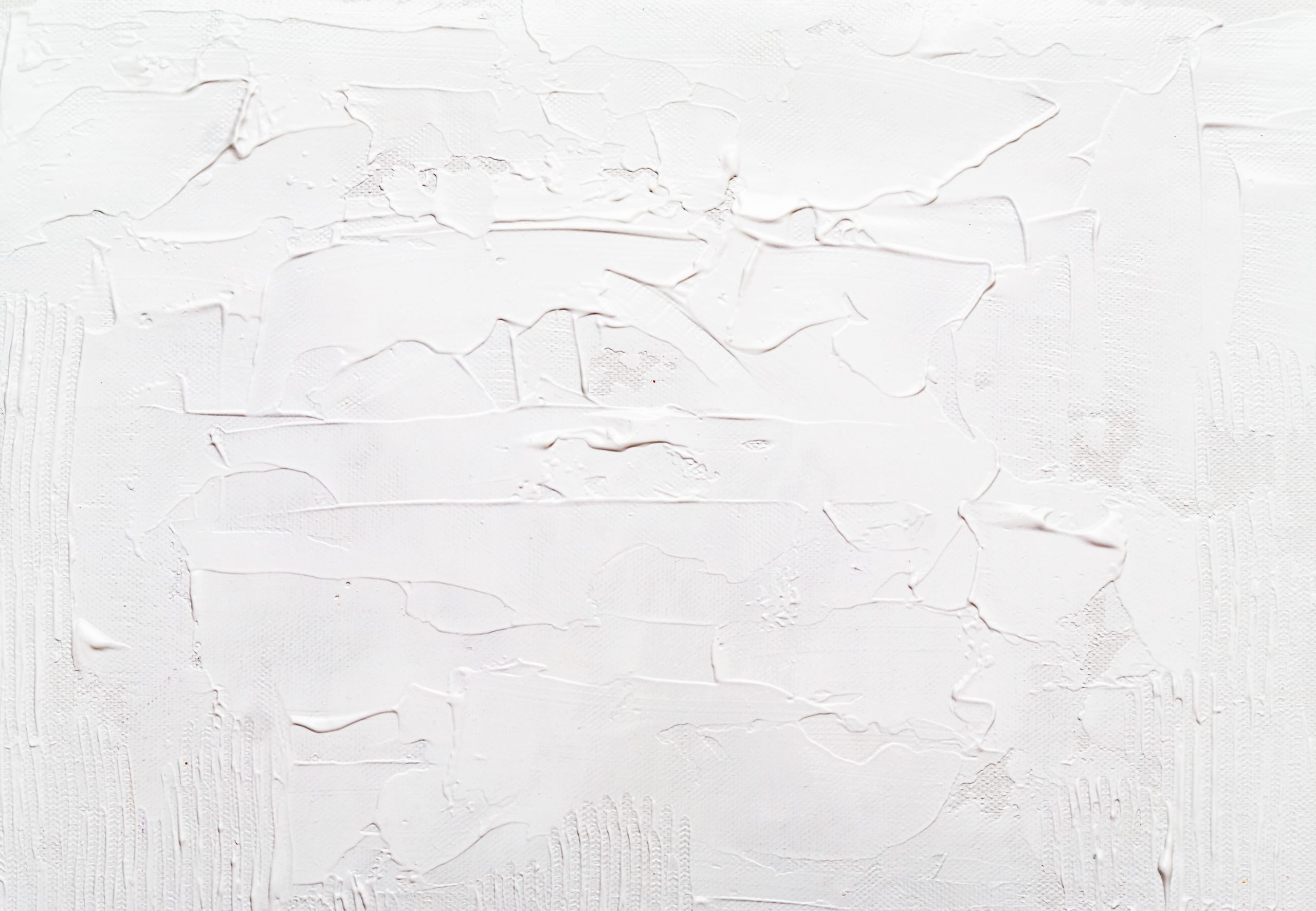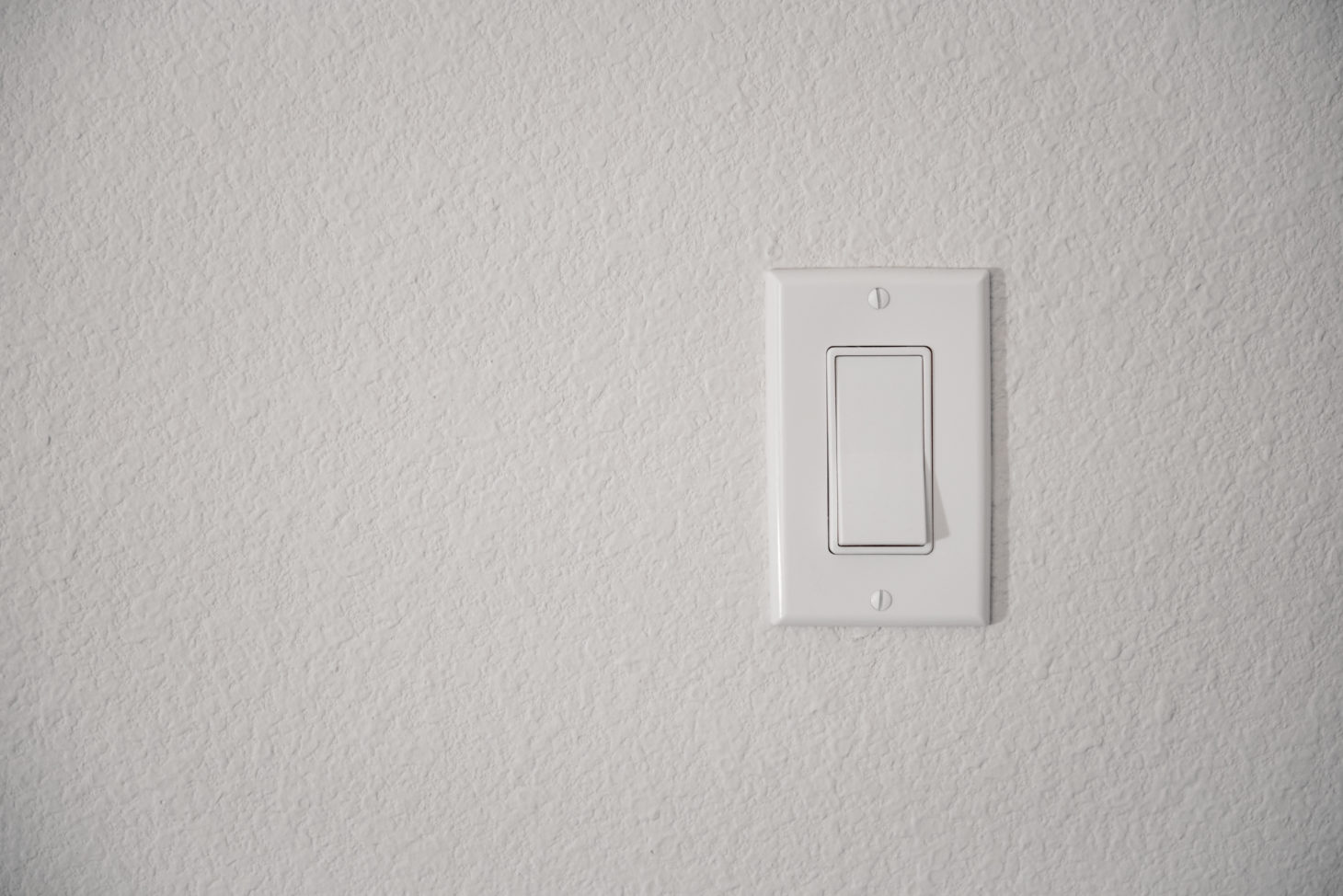Key Take Aways
Plastering is used for interior walls and ceilings, aiming for an ultra-smooth surface perfect for painting or wallpapering.
Rendering is applied to exterior walls, designed to protect against weather and add durability, using a stronger, cement-rich mix.
Render materials are more robust—higher cement content, coarser sand, and sometimes polymers or acrylic—for weather resistance and longevity.
Plaster mixes use less cement and finer sand, prioritised for smoothness rather than strength.
Rendering can include multiple coats (e.g., base, undercoat, topcoat) and may offer insulation, crack repair, colour finishing, waterproofing, and fire protection.
Plastering requires thorough drying (1 week to a month) before painting; once cured, interior plastered walls can last over a century.
Both processes use similar tools and techniques (hawk and trowel), but formulations differ based on location and functional demands.
What distinguishes plastering from rendering is a question that is frequently posed by persons who do not work in the plastering industry. While some people might want to appear more knowledgeable when speaking to the plasterer, others can find it difficult to differentiate between two very similar methods.
Fundamentally, the two fundamental variances are found in their function and composition. Plastering coats internal walls, whereas rendering serves as a coating for outside walls. Both materials are made of cement, sand, water, and lime gypsum, but render has a significantly heavier makeup.
In brief:
- Similar techniques for applying a coating to brick and mortar-built walls include rendering and plastering.
- Plastering refers to the process of coating inside walls, while rendering refers to the process of covering exterior walls.
- The rendering mixture contains more cement because the main goal is to create sturdy walls that can endure the whims of nature and the effects of rain and snow.
- When plastering, less cement is used because the goal is to make the walls as smooth as possible to appear good when painted.
When to render?
As was already mentioned, the differing strength requirements for render and plaster’s specific uses result in differences in the consistency of the materials. On exterior walls, rendering materials, including cement, acrylic, and polymer, are applied for the following reasons:
- To improve the look and feel of exterior surfaces
- To alter the colour of outside surfaces or walls
- To fix masonry exterior wall cracks
- Increasing a property’s worth
- To increase the amount of insulation in walls
- To water- and fire-proof a structure
- To lower the expense of ongoing maintenance
For these aims of mending exterior walls and preserving them for many years, the render’s greater strength—a result of its higher cement and coarser sand content—is advantageous. Blockwork is vulnerable to crumbling or breaking in hostile environments and is more brittle under strain. To keep your home or project in the best shape, a rendering specialist will be able to apply to render most efficiently.
Depending on the desired quality, rendering for exterior walls is accomplished by laying the render in sheets, applying it with a trowel, and then finishing with various equipment. While others choose a textured, patterned finish, many people favour a smooth, flat appearance. It boils down to personal preference and the requirement that the render blends in with the rest of the building.

When Plaster?
Plaster, on the other hand, is exclusively used to create the smoothest finish possible on inside walls and ceilings. This is because smooth surfaces are considerably simpler to clean and paint or wallpaper. This neat finish is the ideal technique to improve the aesthetic appeal of a building’s interior walls.
Before applying paint or wallpaper to the surface, the plaster must be fully cured and dry. Before using decorating materials, a week to a month of drying time is advised.
When a freshly plastered wall is dry, the entire surface will be a uniformly bright colour with no obvious dark areas. The plaster’s drying time is influenced by several variables, including the quantity of plaster used, ambient elements, weather, and internal heating and cooling.
Plaster is the ideal interior wall covering for families with kids prone to touching or drawing on walls since it is water-repellent and simple to clean. Plaster materials were also used for older structures with interior walls previously built of mud or clay to make them fire-resistant.
What Distinctions Exist Between Plastering and Rendering?
If we were to put it in plain English, plastering and rendering are comparable in execution.
The primary distinction between the two is that although rendering is often what you do when working on exterior walls, plastering is the process used for inside walls.
The durability of the materials used in these two processes is what separates them secondly. The fact that they are just different means of covering walls with a durable coating is what it comes down to at the end.
Continue reading to learn more about how strength, protection, and durability vary.
Strength
While plaster produces a finish that resembles rock quite well, rendering is significantly more durable. This is so that rendering can be made to withstand the elements and yet be in good condition.
It is normal practice to add cement to rendering to accomplish this, and you wouldn’t ever do it to your internal plaster walls.

Protection
In some locations, the inside walls of a home are rendered before a plaster finish is applied on top. This is typically considered significantly stronger than conventional walls and can aid in lowering condensation and moisture buildup in the walls. Owners of commercial buildings frequently do this to lessen damage during the tenancy.
Plastering, however, cannot be claimed to be the opposite. Your outside walls may start to erode if you plaster them with a gypsum-based material the next time it rains.
Longevity and Robustness
Since rendering is outside, it might not endure as long as plaster. Plaster walls, with proper care, can last for more than a century without experiencing any issues. This is not to say that rendering is bad; it simply takes more abuse daily than the inside walls of your house. Internal rendered walls are not affected by this issue.
Conclusion
Plastering and rendering are terms for applying mortar to brickwork. There is a distinction between the walls inside a house and the ones outside; therefore, coating the inner walls to prepare them for painting is referred to as plastering rather than rendering. Given that these walls’ exteriors are exposed to natural pressures, the strength of the material utilised to coat them is the primary distinction between them. For this reason, using a render requires using a richer mixture with more cement than plastering. Both are straightforward procedures that just need a few pieces of hardware, like a paddle or forceful action mixer.





